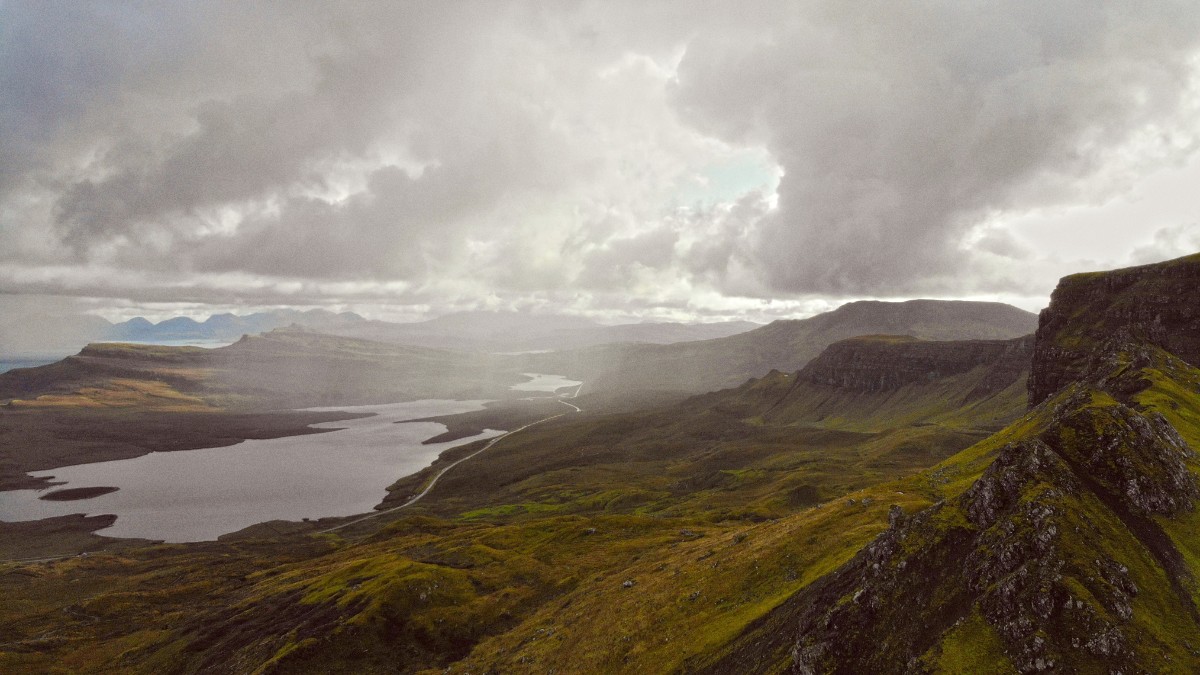
Scotland, UK
The Western Isles lack metro or tram systems. Public transport mainly consists of bus services, which are limited and often infrequent, specifically on Sundays and in more remote areas.
Bus services connect major settlements on Lewis and Harris (e.g., Stornoway to Tarbert). Similar services operate within the Uists. The bus network caters more to local residents than extensive tourist travel, leading to circuitous routes and low frequencies.
Most routes operate weekdays, with fewer services outside main towns. Frequency remains low, sometimes only one or two buses per day.
Reduced service on Saturdays. Sundays typically have very limited or no bus service, a reflection of local traditions.
Find detailed timetables on the Comhairle nan Eileanan Siar (Western Isles Council) website or at local tourist information points.
Highly recommended for independent exploration due to flexibility.
Valid driver's license (IDP helpful), credit card for deposit, minimum age (21/25).
Very limited or unavailable due to weather and road types.
Available from local shops in Stornoway, Tarbert, and some villages.
The Western Isles present a wonderful environment for walking and cycling, offering scenic routes and access to natural beauty.
No formal hop-on-hop-off services. Local operators in Stornoway offer day tours to attractions.
Available for St. Kilda (seasonal, full-day, expensive) and wildlife watching (seals, birds).
CalMac inter-island ferries act as the main "boat taxi" system between islands.
Accessibility may present challenges due to the rural nature of the islands, uneven terrain, and older infrastructure at some historical sites.
Drive on the left side of the road. Speed limits are 60 mph (96 km/h) on single carriageways. Seatbelts are required for all occupants.
Do not drink and drive.
Many roads are single-track with passing places. Always prepared to pull over for oncoming traffic or faster vehicles behind you.
Watch for sheep and deer.
Parking generally remains free and ample in most towns and at attractions. Designated parking areas are often available at popular sites.
Enjoy hassle-free parking.
If you plan to rely on public buses, purchase a detailed timetable or download the relevant app before your trip. Always have cash for fares.
Always book your ferry, especially with a car, as far in advance as possible. Popular routes and times sell out quickly. Check the CalMac website for specific timetables and booking options.